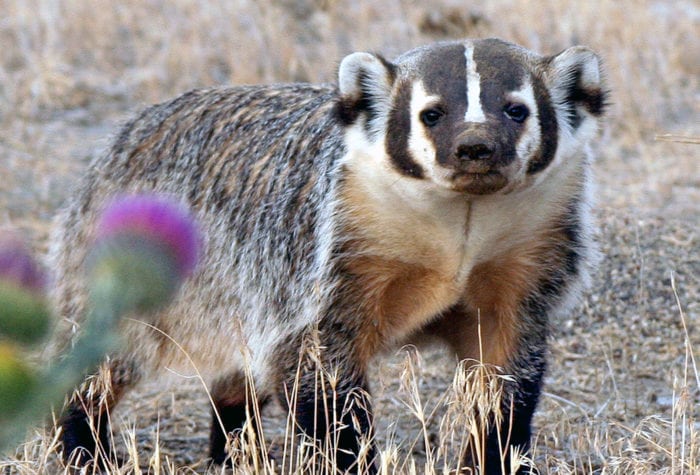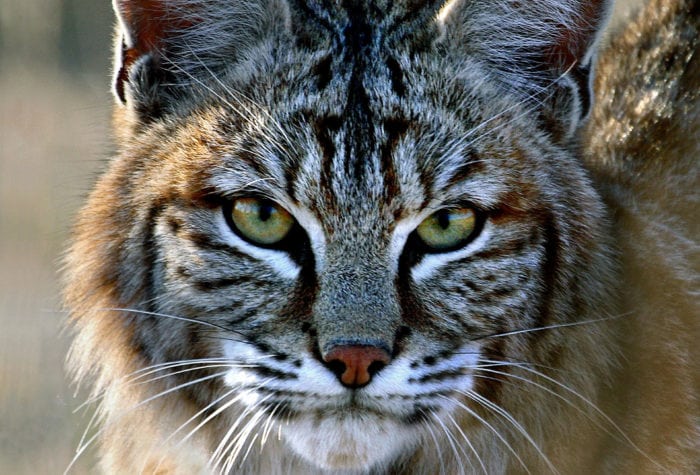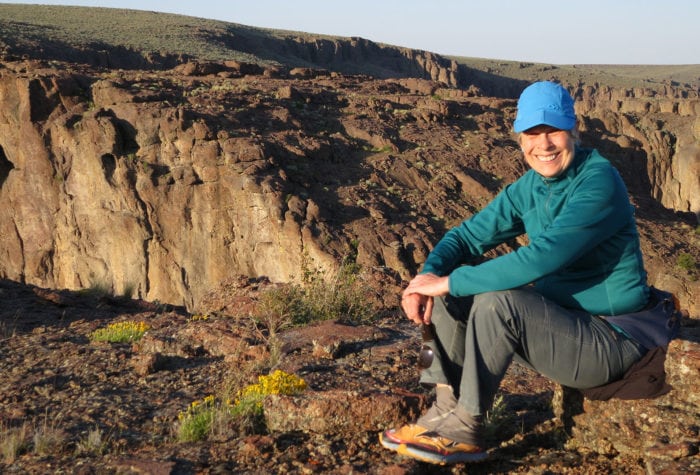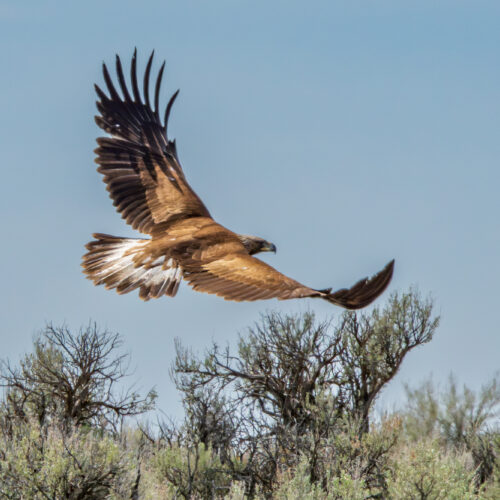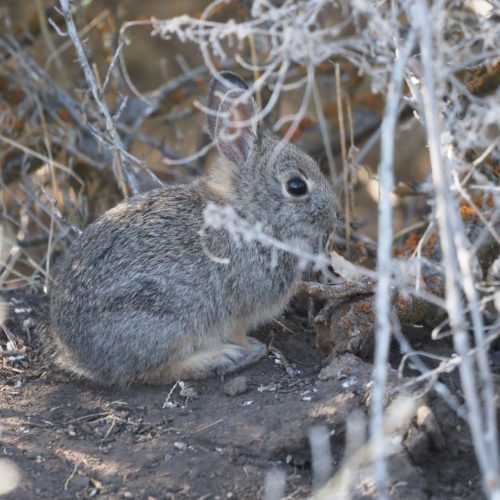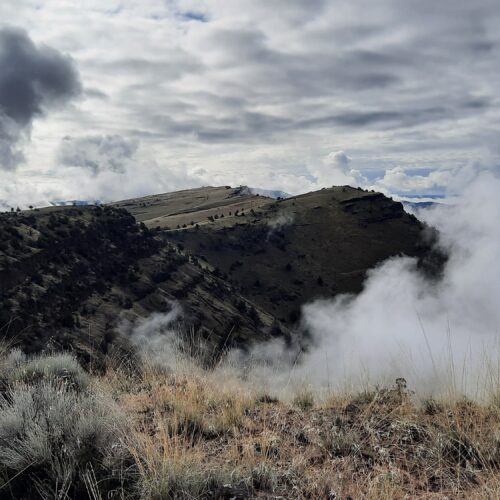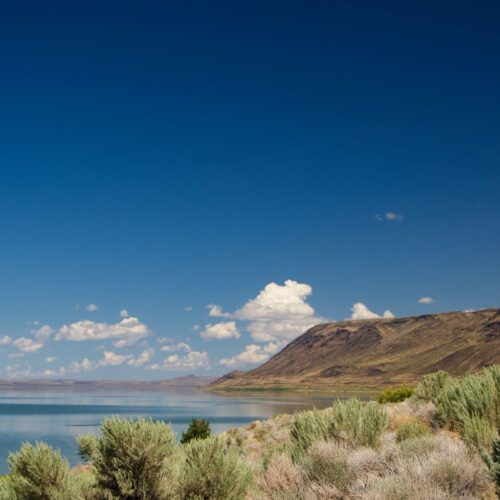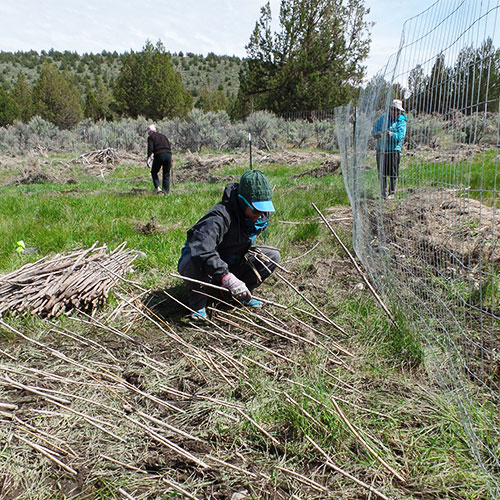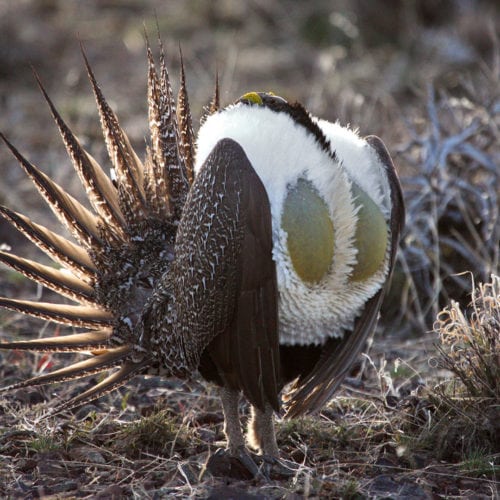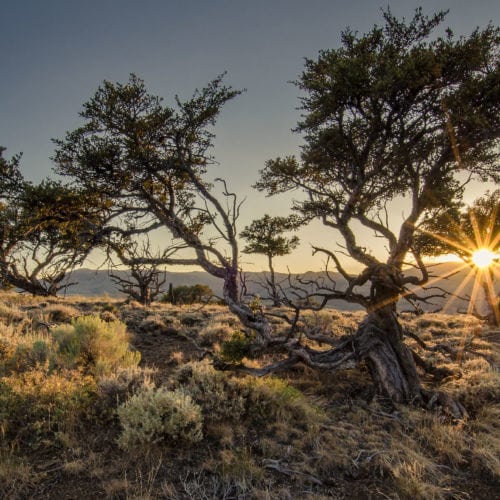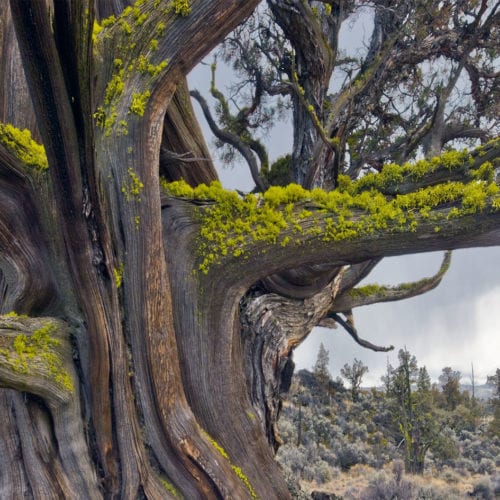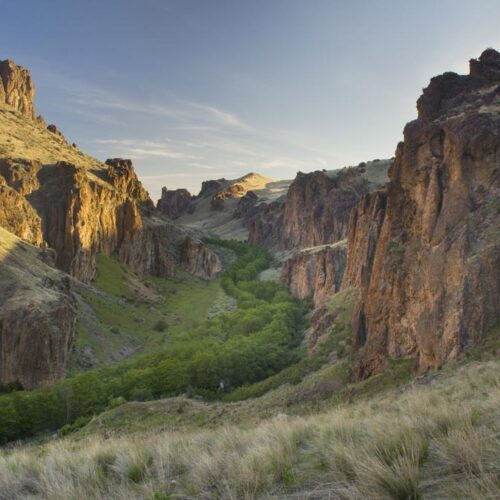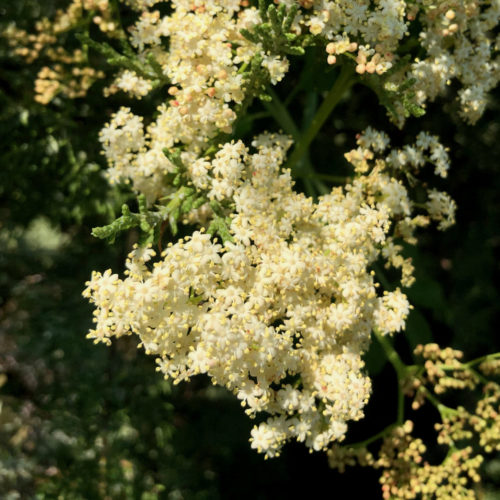Observing Raptors
Author: Craig Miller | Published: November 27, 2023 | Category: Species Spotlight This article originally appeared in The Source on November 22, 2023. Where, when and how to see birds […]
Read MoreSpecies Spotlight: Pygmy Rabbit
Author: Scott Bowler | Published: November 14, 2023 | Category: Species Spotlight This article originally appeared in the Fall + Winter 2023 Desert Ramblings Conservation efforts offer hope for this […]
Read MoreImagine Sutton Mountain
Author: Renee Patrick | Published: November 10, 2023 This article originally appeared in the Fall + Winter 2023 Desert Ramblings Hiking for a plan to permanently protect this landscape. When […]
Read MoreLook Back: A Summer Desert Oasis
Author: Haley Tobiason | Published: October 30, 2023 | Category: Look Back Reflections from a season of surveying at Lake Abert Rounding the corner of Oregon’s Highway 395, nestled underneath the […]
Read MoreLook Back: A Decade of Restoration
Author: Gena Goodman-Campbell | Published: October 25, 2023 | Category: Look Back This article originally appeared in the Fall + Winter 2023 Desert Ramblings Initial phase of restoration on the […]
Read MoreSage-Grouse: Denizen of the Sagebrush Sea
Author: Mark Salvo | Published: October 19, 2023 | Category: Species Spotlight This article originally appeared in the Fall + Winter 2023 Desert Ramblings The future of this enduring species […]
Read MoreView the Solar Eclipse from the High Desert
Author: Renee Schiavone | Published: October 6, 2023 | Category: Where-To This article originally appeared in our Fall + Winter 2023 Desert Ramblings Newsletter. Among the diverse geology, arid climate, […]
Read MoreThe Juniper Paradox
Author: Gena Goodman-Campbell | Published: September 26, 2023 | Category: Species Spotlight This article originally appeared in The Source on September 20, 2023. Both iconic and beloved in Oregon’s high […]
Read MoreBill to Conserve Oregon’s Owyhee Canyonlands Introduced in Congress
Author: Ryan Houston | Published: June 9, 2023 | Category: In the News Four years in the making, Oregon Senators Ron Wyden and Jeff Merkley’s bill could finally deliver protection […]
Read MoreSpecies Spotlight: Chokecherry and Blue Elderberry
Author: Elizabeth MacLagan | Published: May 18, 2023 | Category: Species Spotlight Widely planted for habitat restoration, Chokecherry and Blue Elderberry are important species in the high desert ecosystem. These […]
Read More